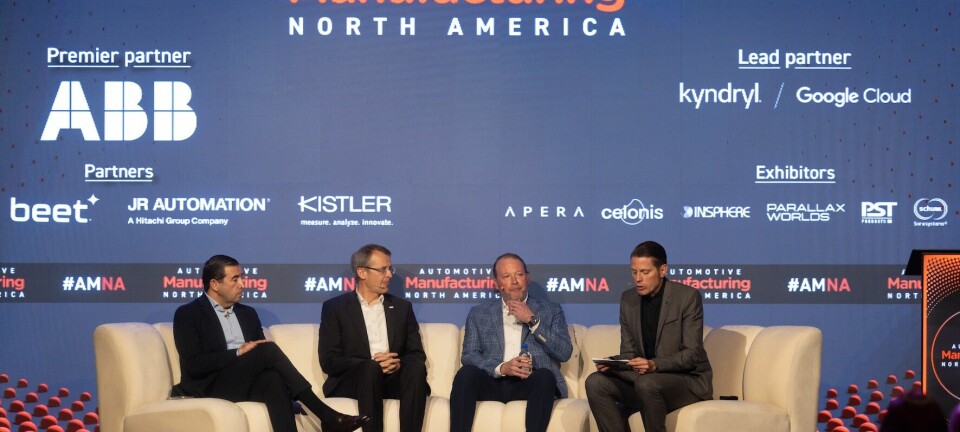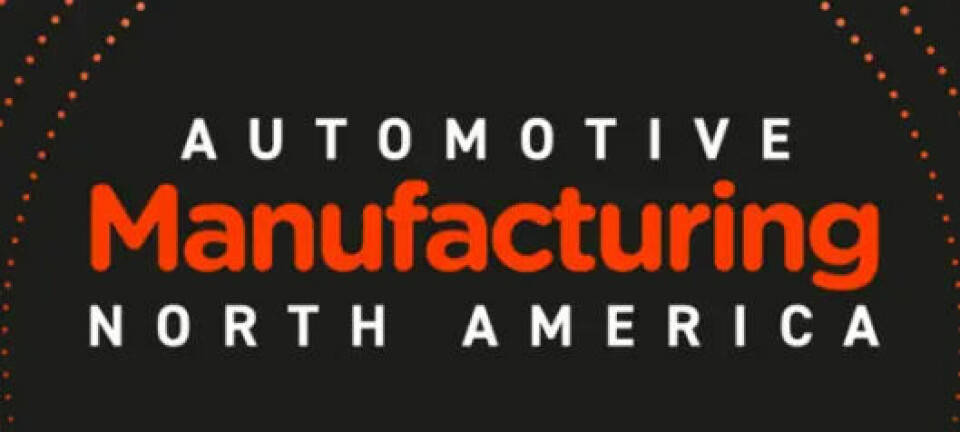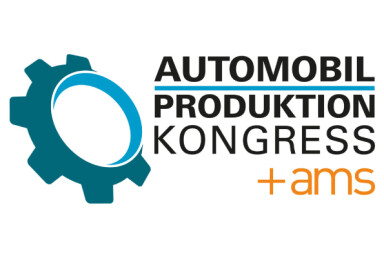AMNA 2025: highlights
Watch: Automotive Manufacturing North America 2025 highlights
Catch up on all the highlights from the third iteration of Automotive Manufacturing North America when we returned to the Henry Hotel, Detroit this October.
More video
-
Watch: Collaboration, speed and people-first digitalisation define global manufacturing transformation
-
Watch: Collaboration and speed key to manufacturing transformation at Bosch
-
Watch: Björn Svensson discusses the 2025 AMS/ABB Automotive Manufacturing Outlook Survey
-
Agility and collaboration key to manufacturing transformation: Aptiv’s José Carlos Jiménez
-
Watch: Data ecosystems and digital twins driving the next era of zero-defect manufacturing
The third annual Automotive Manufacturing North America (AMNA) 2025 conference convened on October 22-23 in Dearborn, Michigan with senior executives from OEMs, Tier-1 suppliers and technology providers to engage around one central question: how to accelerate manufacturing transformation in North America under cost-, talent- and technology-pressures.
Over two immersive days several industry leaders shared actionable insights. Speakers from General Motors, Ford, Stellantis, Bosch Mobility, Aptiv, and other manufacturers discussed how AI, robotics, and digital twins can support manufacturing operations. A consistent message emerged: digital tools work best when integrated with existing processes and supported by properly trained teams.
Day 2 kicked off with Dr. Hanns Bernd Ketteler, EVP of engineering at Bosch, sharing insights on cross-functional collaboration through agile engineering and design-for-manufacture. Jose Carlos Jimenez, VP of manufacturing engineering at Aptiv, unveiled next-generation production systems for software-defined vehicles. Paul Stephens, director of ddvanced manufacturing engineering at Ford Motor Company, showcased autonomous robotics driving operational efficiency.
Sessions covered brownfield deployment strategies, emphasising modular solutions that can be implemented quickly without major disruption. Manufacturers shared examples of using virtual commissioning to reduce changeover times, AI-powered inspection systems to improve quality control, and autonomous mobile robots to streamline material flow.
Data infrastructure was a recurring topic. Speakers stressed that successful AI and automation projects require standardised data naming, reliable connectivity, and clear problem definitions. Several presentations highlighted the need for cross-functional collaboration between design, engineering, and manufacturing teams to reduce development time and improve launch performance.
Multiple sessions addressed upskilling needs as manufacturing becomes more digital, with discussions on how to capture knowledge from experienced workers and prepare teams for new technologies.
The core takeaway: while digitisation redefines vehicle design and assembly, people, skills, and standardised processes remain the foundation for sustainable ROI, balancing advanced technology with human talent to build resilient operations.
Watch the AMNA 2025 Highlights Video now!









